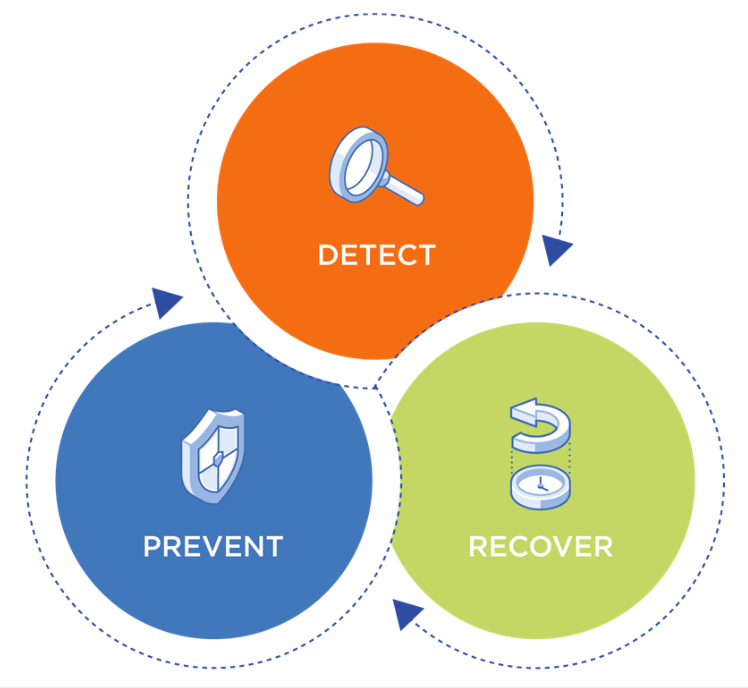The COVID-19 pandemic, has required IT teams to rapidly develop and deploy new remote work solutions. Big changes have occurred—possibly with only cursory thought to increased cyber risks. A recent article in MIT Sloan Management Review discussed five new risk factors that IT professionals should be aware of:
- A 3-4x increase in daily cybersecurity complaints
- Expanded attack surface due to vulnerabilities in remote work technologies
- Distracted workforces susceptible to phishing and other attacks
- Unanticipated staff shortages stalling and reducing threat response
- IT and security staff may be coping with multiple crises simultaneously
The CyberArk Remote Work Survey noted that “40% of organizations have not increased their security protocols despite the significant change in the way employees connect to corporate systems and the addition of new productivity applications.” Perhaps it’s time to revisit the security of your work from home (WFH) solutions.
EUC Improves WFH Security
End User Computing (EUC)—including virtual desktop infrastructure (VDI) and Desktop as a Service (DaaS)— helps improve WFH security by eliminating the need to store critical data on endpoint devices that can be easily lost, stolen, or compromised. Instead, users access data from a centralized, enterprise-class datacenter where it is professionally managed, monitored, and backed up.
Research conducted by Enterprise Strategy Group (ESG), shows security is now the paramount concern for those looking for an EUC solution. Centralizing data is not enough by itself to protect your organization from ransomware, malware, and other now-pervasive cyber threats.

Nutanix: Superior Security for EUC
At Nutanix, we have a proven track record of delivering secure, easy-to-manage EUC solutions. The Nutanix platform is hardened and secure by design, with multiple layers of security to protect your EUC environment:
- Infrastructure. Nutanix adheres to industry standards and best practices, with built-in auditing and remediation to reduce configuration drift and correct operator errors that inadvertently open the door to a breach.
- Data. Data-at-rest encryption combined with least-privilege access, role-based access control (RBAC), and multi-factor authentication (MFA) reduce the risk that critical data is exposed.
- Network Security. Advanced microsegmentation enables software-defined network, application, and identity-based segmentation for a Zero Trust approach.
- Ransomware prevention and protection. Nutanix enables advanced ransomware protection via its business
- continuity and disaster recovery (BCDR) solutions.